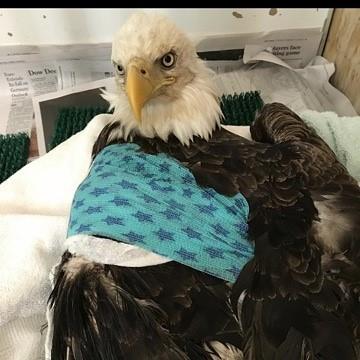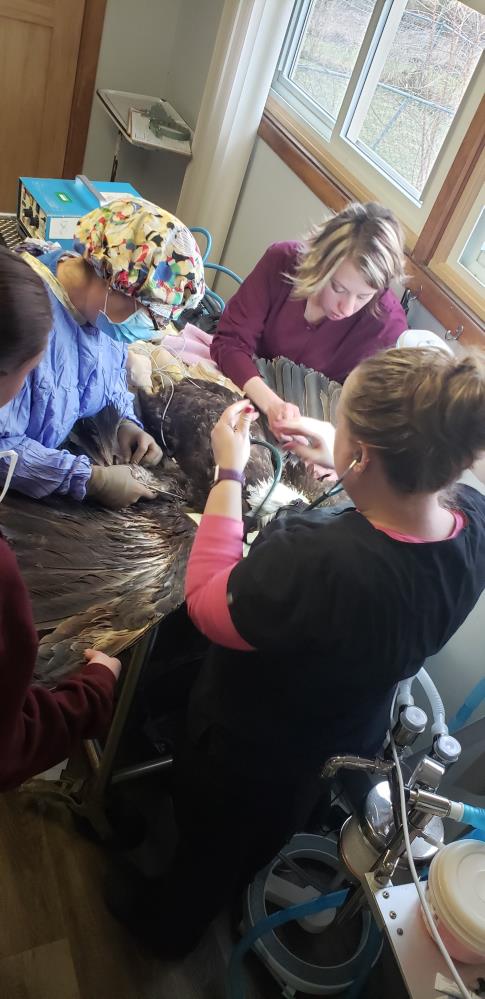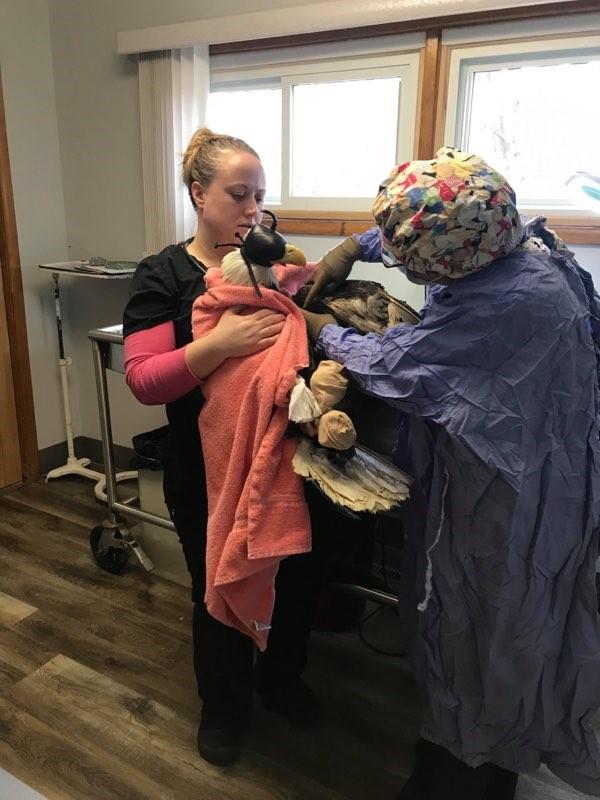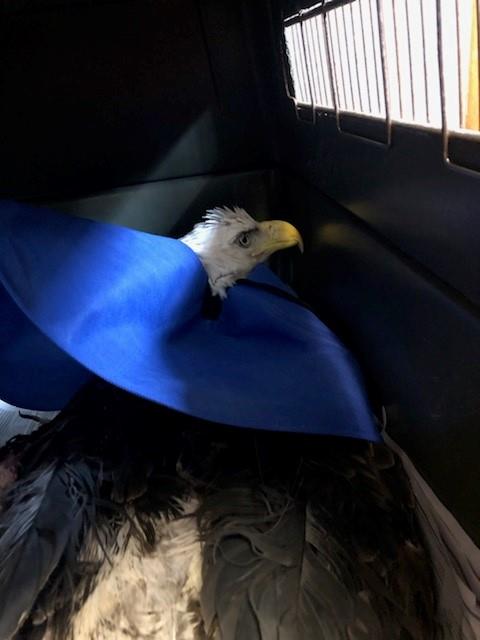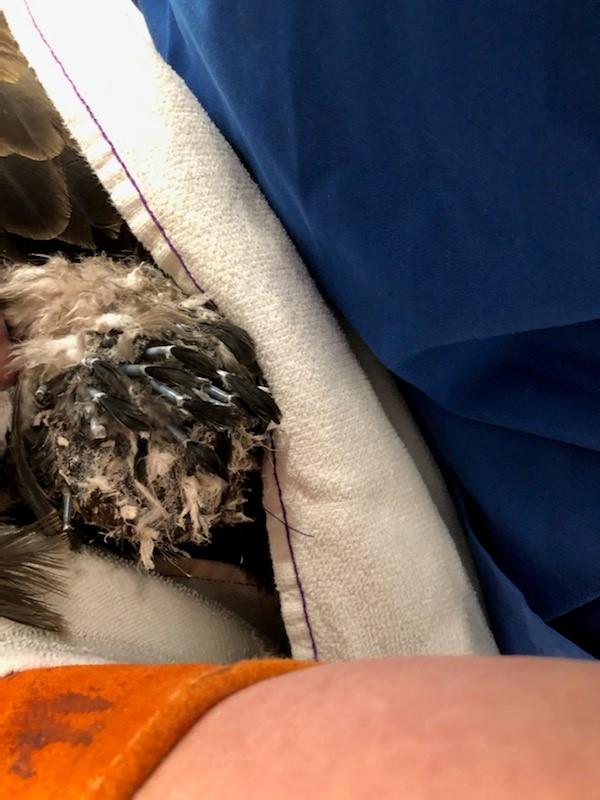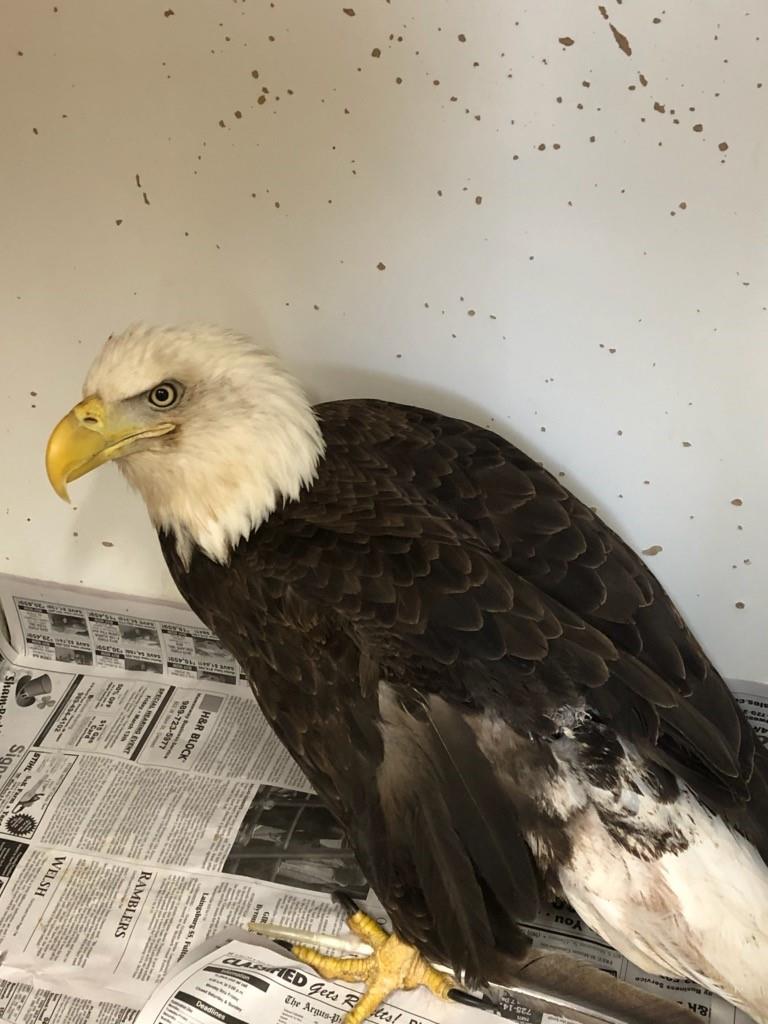Do you think your pet is fat? If you cannot see your pet’s ribs under the skin on their chest then they probably are not at a perfect weight. They are not alone! In a recent study over 50 % of American pets were overweight. It has become an epidemic in the pet world.
Obesity increases as your pet ages and with breed size, but a recent study showed that the breeds most affected by obesity were small breed dogs. Pugs were the most overweight breed in a study in 2019! Small dogs are usually more successful at losing weight than larger dogs.
To determine if your pet is an ideal weight his or her ribs should be easy to feel. They should have a waist that you can see and a “tuck “ to their abdomen from the side and from above views.
There are some things that can cause your pet to gain weight besides eating excess calories and not getting enough exercise to use up those calories. Some pets are heavy because they have a hormone abnormality such as hypothyroidism. I always say if you are battling your hormones you won’t win in the end! These pets may have cardiovascular disease or hypertension. Decreased immune function and joint disorders will also cause your pet to gain weight. Your veterinarian can help address these issues if they are the cause of your pet’s weight gain.
The best thing for cats is to try to control their weight as they grow from kittens. It is hard to cause a cat to lose weight. It can be harmful for a cat to lose weight quickly, so we must increase exercise and very carefully control their calories.
An interesting fact is that over-the-counter pet foods do not allow for weight loss. You can cut back the amount they are eating but the companies making pet foods are required to offer a food that does not allow weight loss, this is a federal standard of the FDA and AAFCO. In order to feed a restricted weight loss diet, you should feed a prescription diet, or a diet formulated by a veterinary nutritionist.
Another interesting fact is that treats can increase the calories your pet takes in by up to 75% of their dog or cat foods. So, if you feed treats make sure it is not interfering with the food intake. Some pet treats are designed to be a food source, and some are not. They should not represent more than 10% of your pet’s calorie intake.
Consult your veterinarian to try to help your pet be in their best condition. For information on pet obesity visit
www.aaha.org
www.petobesityprevention.org
The best thing you can do to help your pet maintain a proper weight is monitor your pets calories intake and walk and play with them on a regular basis.
Dr Karen Hinkle DVM

